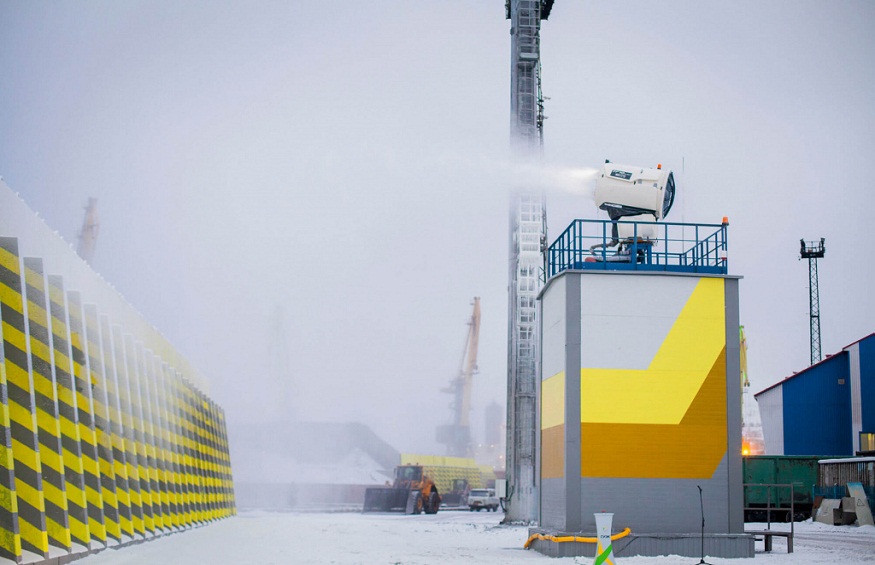Winter weather brings its own set of challenges when it comes to dust control. The cold temperatures and dry air can worsen dust issues, making it harder to keep things clean and dust-free. Additionally, snow and ice can create moisture that can turn dust into a muddy mess, further complicating the situation. Cold weather, snow, and ice complicate efforts to control dust, but effective strategies can help maintain safety and compliance standards. This guide provides essential tips for dust control during winter projects, ensuring that operations run smoothly and safely despite the cold.
Understanding winter dust challenges
Winter weather conditions can both help and hinder dust control efforts. Snow and ice naturally suppress dust, but as temperatures fluctuate, melting snow can lead to muddy conditions that can then dry and create dust problems. Additionally, many dust control products used in warmer weather are less effective in the cold. As such, cold temperatures can make certain dust suppressants less effective, and frozen ground can impede the application of liquids. Therefore, adjusting strategies to fit the season is crucial.
Pick the right dust control products
Choosing the right dust control products from providers like bosstek.com for winter projects is critical. Liquid dust suppressants, such as magnesium chloride or calcium chloride, work well in cold weather as they have a lower freezing point and help keep surfaces damp. These products are effective at trapping dust particles and preventing them from becoming airborne. For areas where liquids are not feasible, using granular products that can be easily spread over surfaces is a good alternative. Organic binders and synthetic polymers can also provide effective dust control, as they form a crust on the surface, reducing dust emissions.
Effective application practices
Applying dust control products effectively in winter requires some adaptation. Pre-wetting the area can enhance the effectiveness of liquid suppressants, ensuring better adhesion to dust particles. For granular or solid products, spreading them evenly over the surface is key. Using spreaders that can operate efficiently in cold conditions will ensure even distribution. Timing the application to coincide with warmer parts of the day can also improve effectiveness, as slightly warmer temperatures help the products work better. Reapplication may be necessary, especially after heavy snowfall or melting events that can wash away or dilute previous treatments.
Managing traffic and activity levels
One of the best ways to control dust is to manage the amount of traffic and activity in dusty areas. During winter, consolidating vehicle routes and minimizing the movement of equipment can significantly reduce dust generation. Establishing designated travel paths and limiting access to essential personnel only helps in maintaining control. Implementing speed limits on-site can also help, as slower-moving vehicles produce less dust. Regularly inspecting and maintaining equipment to ensure it is not contributing to dust problems is another important aspect of managing activity levels effectively.
Monitoring and maintenance
Continuous monitoring and maintenance are crucial for effective dust control during winter projects. Regular site inspections help identify areas where dust control measures may be failing or need reinforcement. Using dust monitoring equipment can provide real-time data on dust levels, allowing for quick response to any issues. Maintenance of dust control products is also essential. For example, reapplying liquid suppressants after a snowfall or heavy rain can prevent dust from becoming a problem again once the snow melts. Keeping a log of dust control activities and their effectiveness can help in planning and improving future efforts.
Effective winter dust control not only complies with regulatory requirements but also protects workers’ health and enhances overall project productivity. With the right strategies in place, winter can be navigated successfully, keeping dust under control even in the harshest conditions.



